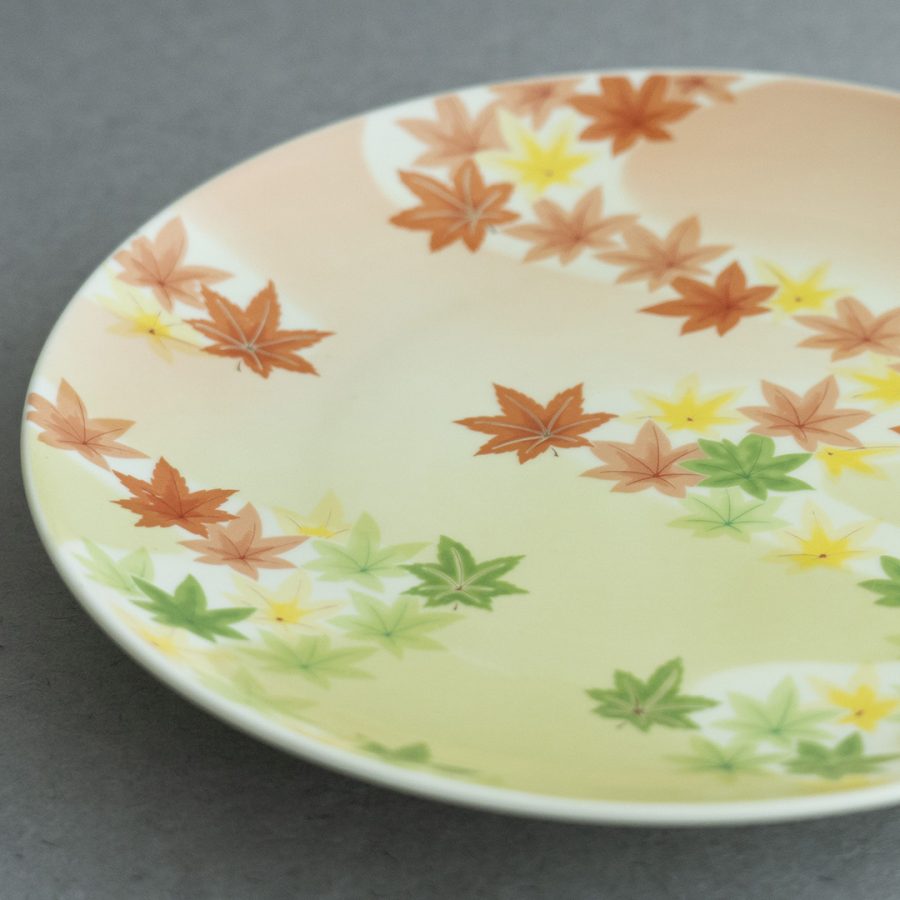2020.11.18
“Momiji-gari” to Enjoy the Deepening Autumn
 Momiji-gari, or autumn foliage viewing, is for appreciating the views of the hillsides covered with the bright colors of red, yellow, orange, and others. The word “momichi,” literally meaning “yellow leaves,” is found in the Manyo-shu anthology of Japanese poetry, complied in the Nara Era in the eighth century. It is believed, however, that the leaves were merely the symbol of upcoming harsh winter and that there was no custom of enjoying the view of them as something spectacular. It was not until the Muromachi Era in the mid-fourteenth century that people started appreciating the view; the custom quickly became popular when travelling was prevalent in the Edo Era. In fact, when foliage sites were introduced in Miyako Misho Zue, commonly understood as a travel guidebook of the day, crowds of viewers surged to these spots to enjoy the beautiful views over bento lunch boxes and sake drinks. It was also when autumn foliage started to be presented in the designs of kimonos.
Momiji-gari, or autumn foliage viewing, is for appreciating the views of the hillsides covered with the bright colors of red, yellow, orange, and others. The word “momichi,” literally meaning “yellow leaves,” is found in the Manyo-shu anthology of Japanese poetry, complied in the Nara Era in the eighth century. It is believed, however, that the leaves were merely the symbol of upcoming harsh winter and that there was no custom of enjoying the view of them as something spectacular. It was not until the Muromachi Era in the mid-fourteenth century that people started appreciating the view; the custom quickly became popular when travelling was prevalent in the Edo Era. In fact, when foliage sites were introduced in Miyako Misho Zue, commonly understood as a travel guidebook of the day, crowds of viewers surged to these spots to enjoy the beautiful views over bento lunch boxes and sake drinks. It was also when autumn foliage started to be presented in the designs of kimonos.
Along with the meaning of hunting birds and animals for food, the “gari” of “momiji-gari,” or “kari,” has the meaning of seeking fish, seashells, and plants of the season to appreciate the beauty of these objects. It is said that the word “kari/gari” began to include the meaning of the latter action in the Heian Era in the late eighth to twelfth centuries, when members of the noble families, with no need to go hunting, enjoyed the luxury of visiting mountains and fields with poor footing only for the purpose of appreciating autumn foliage.
Outdoor tourism is popular this year. Why don’t you visit some sites of autumn foliage and appreciate the view of deepening autumn?